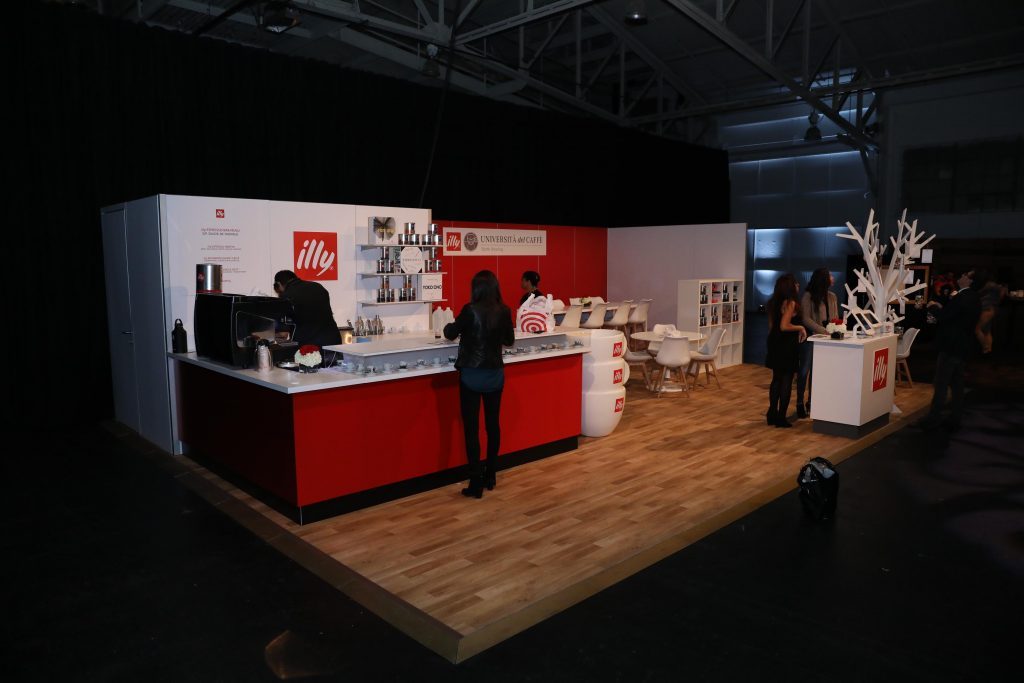For most attendees, meetings, conferences, and summits are all about knowledge. Learning about new ideas, sharing information, and making connections are typically the main focus at such events. But communication can falter when attendees hail from different countries and continents. When you’re planning an international conference or you have a large international audience, it makes sense to host a dual-language conference to help people communicate.
Why Multilingualism Is on the Rise at Industry Events
The demand for—and use of—multilingual meetings is on the rise. In 2022 the digital translation platform Wordly released a new report with results from over 200 U.S.- and UK-based corporate planners.
All events have what’s called a “floor language.” This is the official event language, spoken by the chairperson or presenter and the speakers at the event. The floor language of an event is typically the native language of the host organization or company.
According to Wordly’s research, 58% of companies surveyed hold events where at least one-quarter of attendees speak languages that are different from the floor language.
In addition, 6 or more languages are spoken at 60% of corporate meetings and events. At 23% of corporate meetings and events, the figure is even higher, with 11 or more languages spoken.
As a result, many companies are turning to translation and interpretation services. These services ensure all attendees can understand what’s being said, even if the chairperson or presenter isn’t speaking their native language.
According to Wordly:
- 95% of respondents have used translation or interpretation services
- 79% have used interpretation services at live events
- 61% have used interpretation services at virtual events
- 76% of respondents expect to use these services more often in the future
Dual language conferences are definitely on the rise. And it’s increasingly common for events to be multilingual, with attendees who speak an array of different languages. This goes for online meetings and virtual events, as well as in-person events. But why exactly is this happening?
Remote Work
One major reason why multilingual meetings are more common is that more companies have multinational employee pools. As remote working has become more in-demand and more feasible, many companies are employing talent from further afield.
Because these companies now have multinational workforces, they’re increasingly likely to host dual-language conferences and multilingual corporate events.
Virtual and Hybrid Events
Another contributing factor is the new focus on virtual and hybrid events. What began as a response to COVID-19, has become an increasingly important part of the events industry. While some organizations are back to exclusively hosting live events, others have embraced this new trend and continue to hold virtual meetings and other virtual events. Still others are opting for hybrid meetings, in order to reap the advantages of both the live and virtual options.
And, really, it’s a no-brainer, especially for industry events like conferences and trade shows. Hybrid events are increasingly popular precisely because they let people choose how to attend. Those who love the live experience can still enjoy it. And with the virtual component, people can attend from anywhere in the world. This greatly expands the potential pool of attendees.
Hybrid meetings result in fewer barriers to event attendance, and a larger potential pool of attendees. The flipside to that, of course, is that language barriers are more likely to hinder enjoyment and benefit for some attendees. In order to host a successful multilingual meeting, it’s important to use tools and services that reduce those language barriers. This lets all meeting participants enjoy the event.
Hybrid Events: What You Need to Know
Sign Language
Along with spoken languages, there’s another reason to include at least one interpreter at every business meeting or conference. It’s always a good idea to have an interpreter who can provide sign language services for attendees who are deaf or hard of hearing.
Benefits of Holding Multilingual Meetings
Running a multilingual meeting can have important benefits—not just for attendees, but for host companies and organizations too.
In fact, Wordly’s report highlights four major benefits for attendees:
- Increased inclusivity – 65%
- Better able to focus on event content – 60%
- Better understanding of event information – 57%
- Increased engagement – 52%
For host companies, that translates to:
- Increased attendee satisfaction – 49%
- Higher event attendance – 49%
- Improved attendee comprehension – 40%
That means there’s serious motivation for providing translation and interpretation services at all corporate events, whether they’re live, virtual, or hybrid.

How to Run a Successful Multilingual Meeting
1. Set Up Equipment
With In-House Translation Services
Some venues have in-house translation facilities. These typically consist of a number of booths, each equipped for a single translator. To provide services for attendees, translators work to translate what’s being said into a specific language. Attendees who need these services wear headphones so they can hear the translation. This provides simultaneous translation. So as event content is presented in the floor language, it’s simultaneously interpreted, and attendees hear it in their own languages.
A venue with built-in translation booths typically provides both translators and headphones. The venue will also take care of setup and system checks. However, you do have to make sure there are enough booths, translators, and headphones to accommodate all attendees.
With Rented Translation Equipment
If your venue doesn’t provide these services, the alternative is to arrange it all yourself. This means hiring translators and renting mobile booths and audio equipment. With this option, you’ll have to schedule time for the mobile booths to be installed before the event.
You’ll also have to arrange for the setting up and testing of sound equipment prior to the event. This can be a lengthy process, so it’s important to check with your sound engineers to confirm how long they need for setup and testing. Schedule at least a couple hours, one to two days before the event to run through equipment and audio quality checks with your sound team.
2. Brief Your Personnel
At the same setup session, make sure to set aside time to brief your sound engineers and language interpreters. They need to know exactly how the translation system is supposed to work and what their roles and responsibilities are for the event. This means running through the event agenda and specifying when and for how long interpretation services are needed. This is also a good time to check that they have everything they need to do their jobs.
3. Set Your Interpreters Up for Success
Make sure to contact your speakers and have them send you final drafts of their presentations. Once you have those speeches, forward them on to your translators. They’ll be able to provide better translation services at the event if they’re able to read presentations in advance.
In addition, make sure interpreters’ work environment is a nice place to be! Provide comfortable seating, good lighting, and make sure the booths are a comfortable temperature. They should also be well-stocked with bottled water and energy-rich snacks.
4. Manage Attendees
The final step is to coordinate your team to provide translation services and equipment to attendees. This means briefing personnel on when translation services will be needed and how to distribute headphones to attendees. Venues typically require that attendees provide some kind of ID in exchange for the equipment, such as passport or driver’s license. Make sure attendees know this in advance.
Multilingual Business Meetings Don’t Have to Be Difficult!
Hosting a corporate event is a complex task, even for small and simple events. The bigger the event, the more complicated it becomes. And when you’re hosting an event with an international audience, where multiple languages are spoken, it’s even more so. With careful planning—and well-chosen interpreters—you can craft a more inclusive meeting, helping attendees get the most out of a dual-language conference or multilingual event and ensuring they’ll come back for the next one.









